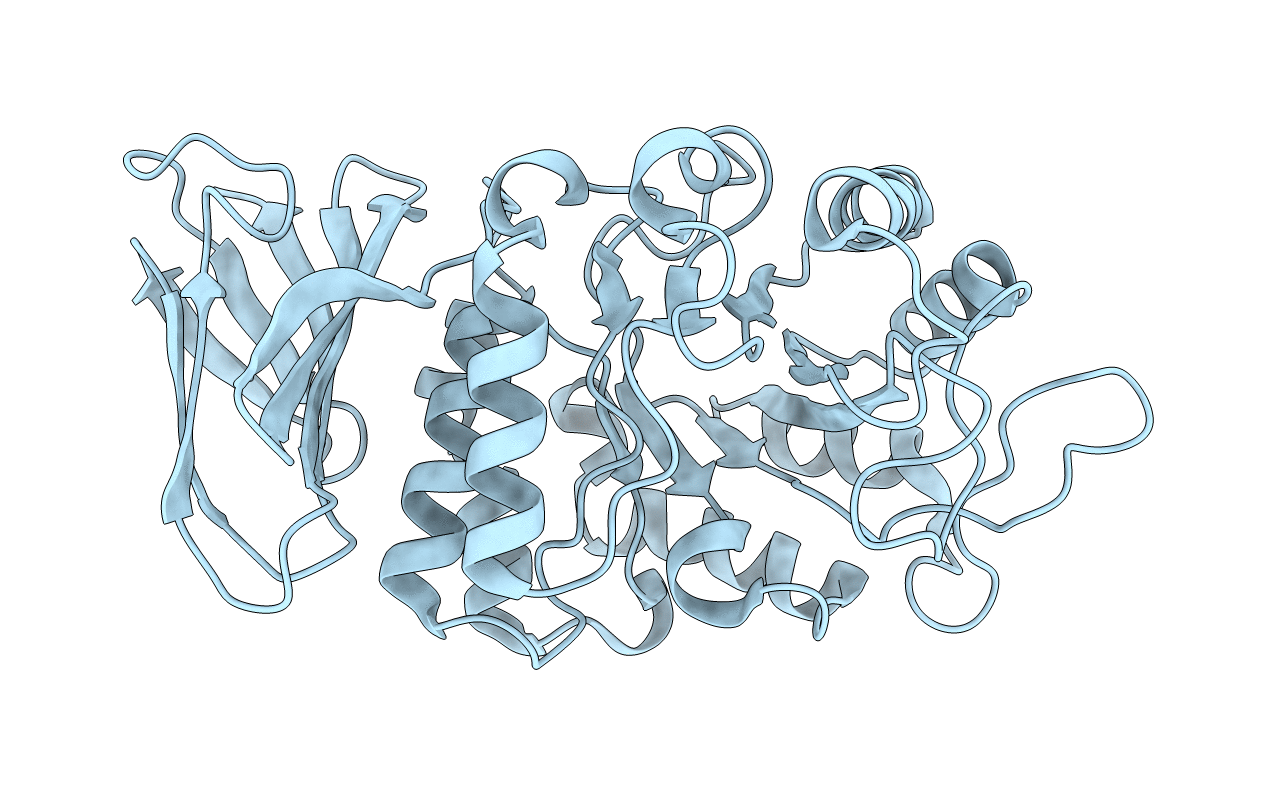
Deposition Date
2017-11-29
Release Date
2018-04-25
Last Version Date
2024-11-13
Entry Detail
Biological Source:
Source Organism:
Nicotiana benthamiana (Taxon ID: 4100)
Host Organism:
Method Details:
Experimental Method:
Resolution:
2.80 Å
R-Value Free:
0.28
R-Value Work:
0.21
R-Value Observed:
0.21
Space Group:
P 41 21 2


